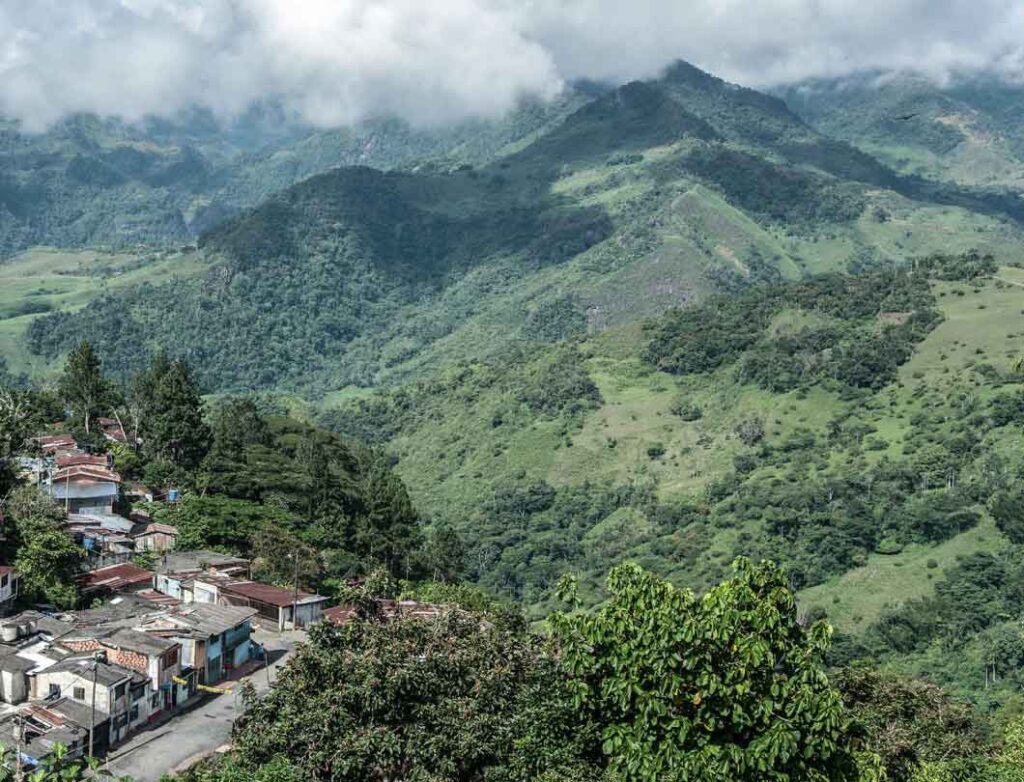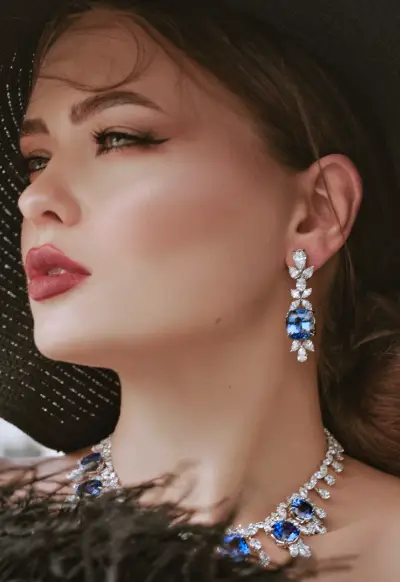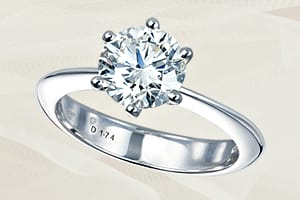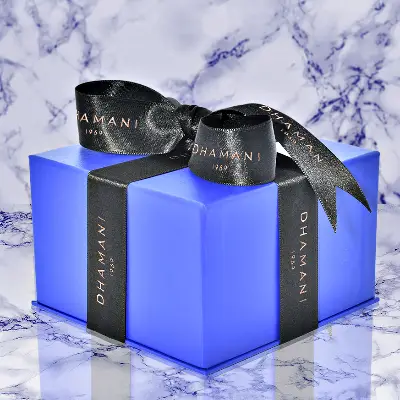OUR GEMSTONES
We have been offering the finest and most mesmerising gemstones since our name was first established amongst reputed jewellers in 1969. Our team of renowned international designers set these gemstones in exclusive creations, forging unique and exquisite pieces. Coloured gems are at the heart of many of our collections and we would like to offer you a better understanding of their intrinsic value by sharing some notes about their history and characteristics.
EMERALDS
The word “emerald” comes from Smaragdos, the ancient Greek word for a green gem. Since the time of ancient Rome, the most precious of the precious stones was believed to have therapeutic properties that helped gem cutters restore their eyes by looking at emeralds. Science now proves this belief: the colour green relieves stress and eye strain.
From the ancient Egyptian pharaohs to the Incan emperors, emeralds have, for ages, represented enchanted royalty. Cleopatra was also known to have a passion for emeralds and she used them in her royal adornments. Today, emerald is the birth stone of the month of May and it is also given as a gift for the 20th and 35th wedding anniversaries.
Colombia has widely been recognised as source of the finest emeralds for more than 500 years; Colombian emeralds are the standard by which all others are measured. Three sites in Colombia are particularly noteworthy: Muzo, Chivor and Coscuez. Darker tones of pure green emeralds come from Muzo. Emeralds that are lighter in tone and slightly bluish green are associated with Chivor, while slightly yellowish green emeralds are unearthed in Coscuez.
Emeralds are also sourced Africa, especially in Zambia. The Ndola area is also known for producing emeralds that are bluish green and darker in tone. Yet beautiful emeralds are also found in Pakistan, Afghanistan, and Russia. Chromium, vanadium, and iron are the trace elements that create the emerald’s color. The presence or absence of each and their relative amounts determine the exact color of an emerald crystal.
During the crystal formation throughout the millennia, several different elements, including water and air, become trapped in the crystal, which create inclusions. Each gemstone has a very distinctive type of inclusion that makes it unique. Some describe emerald inclusions as appearing mossy or garden-like: they are also called called “jardin”–the French for garden.
Emerald Care
Emeralds are softer than diamonds and, for this reason, more susceptible to scratching than diamonds. Thus, it is normally treated to improve its colour or clarity. Cherish emeralds by taking special care of them is very important to maintain their qualities intact. It is important that they avoid exposure to heat, changes in air pressure, and harsh chemicals. Emeralds cannot be cleaned with ultrasonic cleaners. Even exposure to hot water used for washing dishes can have negative effects on emeralds.
The best way to clean emeralds is to gently scrub them with a soft brush and with warm, soapy water.


SAPPHIRES


“Sapphire” comes from the Greek word sappheiros and blue sapphire is one of the most popular coloured stones. For thousands of years this gemstone has been associated with royalty and romance and is also said to symbolise fidelity and the soul. The elite of ancient Greece and Rome believed that blue sapphires protected their owners from harm and envy. Clerics of the Middle Ages wore sapphires because they symbolised Heaven. Ancient Persians believed the earth actually rested on a giant sapphire, which made the sky blue. It is the September birthstone.
The 62.02-carat Rockefeller Sapphire is one of the most famous sapphires that the American financier purchased from an Indian Maharaja in 1934. However, the most popular sapphire of recent history is surely Princess Diana’s 12-carat sapphire engagement ring, adorned by diamonds, which was then given by her son to Kate Middleton, the Duchess of Cambridge.
Historically, the most important sources of sapphires are Kashmir, Myanmar (Burma), and Sri Lanka. Yet, a significant number of sapphires are also found in Australia, Thailand, Cambodia, Madagascar, and the United States (in the state of Montana). The sapphires in Kashmir were discovered in the late 19th Century. As the spectacular sapphires began to appear, the Maharaja of Kashmir took control of the new locality. The sapphires sourced in this locality are some of the world’s most coveted gems. Currently, the production is very limited and Kashmir sapphires are mainly found in auction houses.
Also the Mogok area of Myanmar is famed for producing intense blue-hued sapphires.
Sapphire Care
Sapphires are relatively hard, have excellent toughness, and have a very low tendency to break when struck. This makes it a great choice for rings to be used daily. Most sapphires undergo enhancement processes that improve their colour and clarity. For this reason, warm, soapy water is always a safe choice for cleaning these gems.
RUBIES
Ruby, the July birthstone, derives its name from the Latin word ruber, meaning “red”–the colour of love and passion. A variety of the mineral corundum, ruby gets its colour from trace amounts of the element chromium. The greater the presence of chromium, the stronger the red. The ruby’s most valuable colour is considered to be a deep red with a hint of purple, a colour that is known as “pigeon’s blood”.
Rubies are very hard gemstones, second only to diamonds. In fact, in ancient India, the ruby was called the “king of precious stones” for its rarity, hardness, and beauty.
Mystical powers were attributed to the stone: some believed rubies could predict misfortunes or dangers while others claimed it could cure inflammatory diseases and soothe anger. Burmese warriors believed it made them invincible in battle. Medieval Europeans maintained that rubies bestowed health, wisdom, wealth, and success in love.
Myanmar, formerly known as Burma, is one of the oldest and most recognised sources of fine rubies. For over five centuries, the Mogok area in Myanmar has produced some of the most sought-after rubies.
More recently, beautiful rubies have also been found in Vietnam in the Luc Yen and Quy Chau region. Mozambique, specifically Montepuez, is home to important ruby mines. The rubies found there have been compared to the famed gems of Mogok. Rubies can be also found in Afghanistan, Tajikistan, Pakistan, Sri Lanka, Kenya, Tanzania, and Madagascar.
Ruby Care
Most rubies are subjected to enhancement processes. Particular care must be taken according to the type of enhancement your gem has undergone. Generally, it is safe to clean rubies with warm soapy water and a soft brush. Ultrasonic and steam cleaners could also be dangerous for certain types of rubies. Cleaning your rubies with a damp cloth is always recommended.











